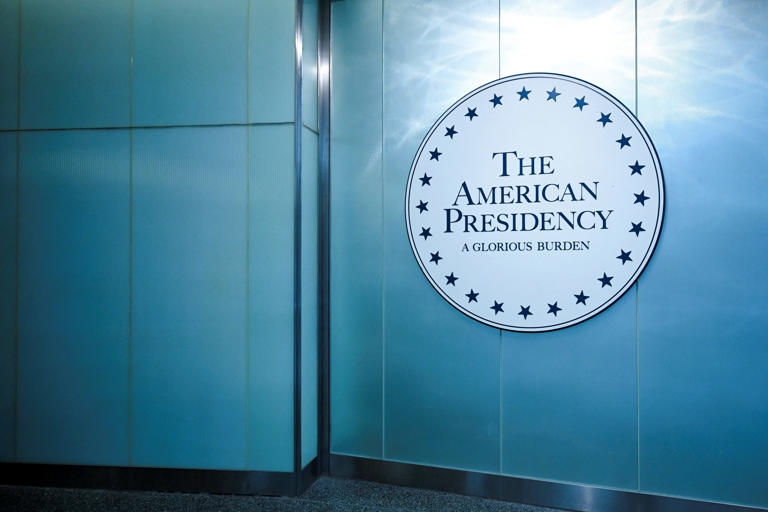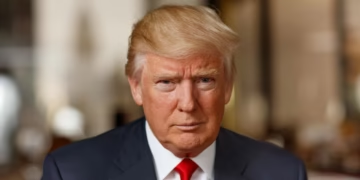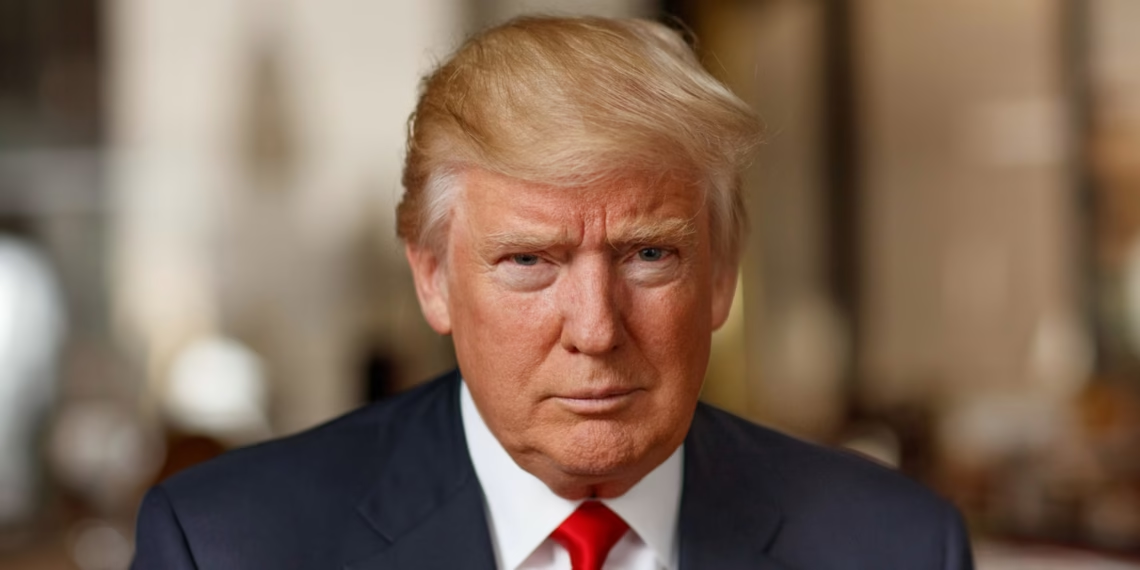In the bustling heart of New Delhi, Indian Prime Minister Narendra Modi stood before a crowd, his voice firm and unwavering. The air was tense with recent developments, but his message was crystal clear: “India will never compromise on the wellbeing of its farmers, dairy sector, and fishermen.” This wasn’t just a statement—it was a vow, a pledge that their interests would be protected, even if the personal and political cost was high. For a leader, such words carry weight, especially when the world is watching.The stage for this diplomatic drama was set when US President Donald Trump announced a shockingly steep tariff on Indian goods. Already at 25%, the levy doubled to a staggering 50%, placing India among the most heavily taxed US trading partners. The move, effective from August 28, was justified by Trump as a penalty for India’s continued purchase of Russian oil. For India, a nation balancing complex alliances and domestic needs, the tariff was more than an economic hit—it was a challenge to its sovereignty.
The tariff announcement came after trade talks between the two nations collapsed. Five rounds of negotiations had failed to bridge a wide gap on contentious issues: the US wanted India to open its vast farm and dairy markets, while India sought to safeguard its rural economy. The disagreement wasn’t just about numbers—it was about livelihoods, traditions, and national identity. And in the background, the simmering question of Russian oil imports complicated every conversation.
Modi’s refusal to bend under pressure wasn’t merely about economics—it was a stand for principle. While he didn’t mention the tariffs directly, his emphasis on farmer welfare sent a strong message: India’s agricultural backbone was non-negotiable. For many watching, it was a reminder that leadership sometimes means saying “no” to deals that might bring short-term gain but long-term harm.

The decision didn’t sit well in Washington, and India’s foreign ministry called the US move “extremely unfortunate.” Officials promised that all necessary steps would be taken to protect national interests. While the US spared China—despite its being the largest buyer of Russian oil—experts suggested it was because China had bargaining leverage in rare earth minerals, a resource India lacks. This disparity stung, and it fueled conversations in India about the need to diversify strategic partnerships.
In a subtle yet significant signal, Modi began preparing for his first visit to China in over seven years. While nothing official was announced, the message was clear: India was willing to explore new alignments. In the geopolitical chessboard, where alliances can shift like sand, such a move hinted at deeper changes to come. For the US-India relationship, it was perhaps the most serious diplomatic strain in years.
Meanwhile, far away in Brazil, President Luiz Inacio Lula da Silva proposed rallying the BRICS nations—Brazil, Russia, India, China, and South Africa—to discuss a collective response to Trump’s tariffs. He planned calls with Modi, Xi Jinping, and other leaders. The idea wasn’t just to counter the economic blow but to explore stronger South-South cooperation in the face of Western economic pressure.
















